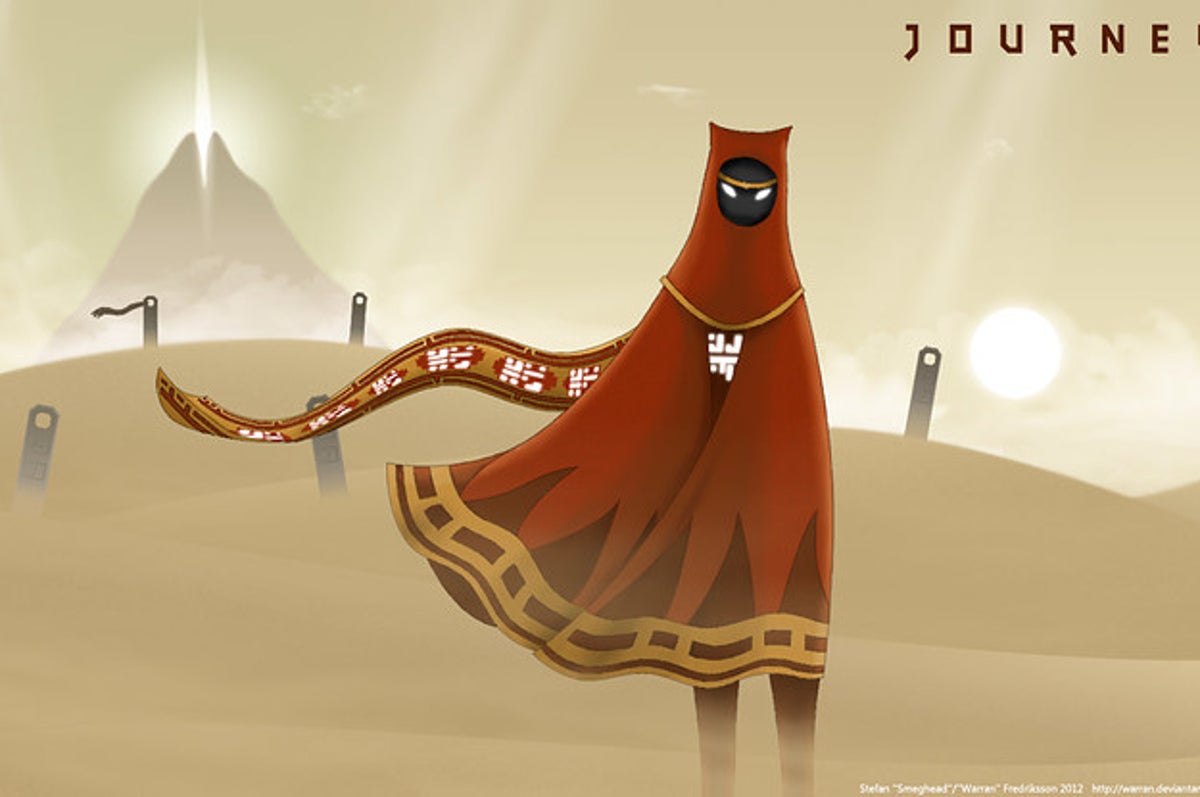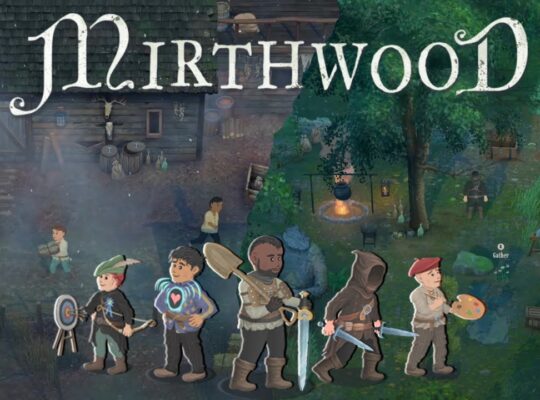Pros:
1. Artistic and Audiovisual Splendor: “Journey” is a masterpiece of visual and auditory storytelling. Its stunning landscapes, from the rippling sands of the desert to the haunting depths of the underground caverns, are a feast for the eyes. The game’s art direction conveys a vast, beautiful, yet lonely world, rich in detail and color. The Grammy-nominated soundtrack by Austin Wintory perfectly complements the visuals, with its haunting melodies that rise and fall with the player’s progress, enhancing the emotional depth of the journey.
2. Innovative Multiplayer Experience: One of the most unique aspects of “Journey” is its approach to multiplayer interaction. Players can encounter others on their journey, but there is no way to communicate through voice or text. Instead, players can communicate through musical chimes, leading to a deeply personal yet universally understood form of interaction. This mechanic fosters a sense of connection and camaraderie among players, making each encounter memorable.
3. Accessibility and Simplicity: “Journey” is lauded for its simplicity, both in controls and gameplay mechanics. This accessibility ensures that players of all skill levels can experience the game without frustration. The focus is on exploration and immersion rather than challenges or obstacles, making “Journey” a game that invites introspection and emotional investment.
Cons:
1. Short Duration: One of the most common criticisms of “Journey” is its length. The entire experience can be completed in about two to three hours, which might leave players yearning for more. While the brevity is intentional, allowing players to complete the journey in a single sitting, it may not satisfy those looking for a longer gameplay experience.
2. Limited Replayability: Due to its linear nature and the emphasis on emotional narrative over varied gameplay mechanics, “Journey” offers limited replay value. Once players have experienced the journey, the incentive to return is primarily for the emotional and aesthetic value, rather than new gameplay experiences.
3. Lack of Conventional Challenges: Players seeking traditional video game challenges, such as puzzles or combat, may find “Journey” lacking. The game eschews these elements in favor of a seamless, uninterrupted experience. This design choice, while central to the game’s emotional impact, may not appeal to those who prefer more interactive or challenging gameplay elements.
Conclusion:
“Journey” stands as a testament to the power of video games as a medium for emotional expression and artistic storytelling. Its pros, including the breathtaking visuals, innovative multiplayer, and accessible gameplay, offer a unique and moving experience. However, its brevity, limited replayability, and lack of conventional challenges might not cater to all gaming tastes. Ultimately, “Journey” is an experience that transcends its limitations, inviting players to reflect on their own journeys through its silent, yet profoundly eloquent narrative.












